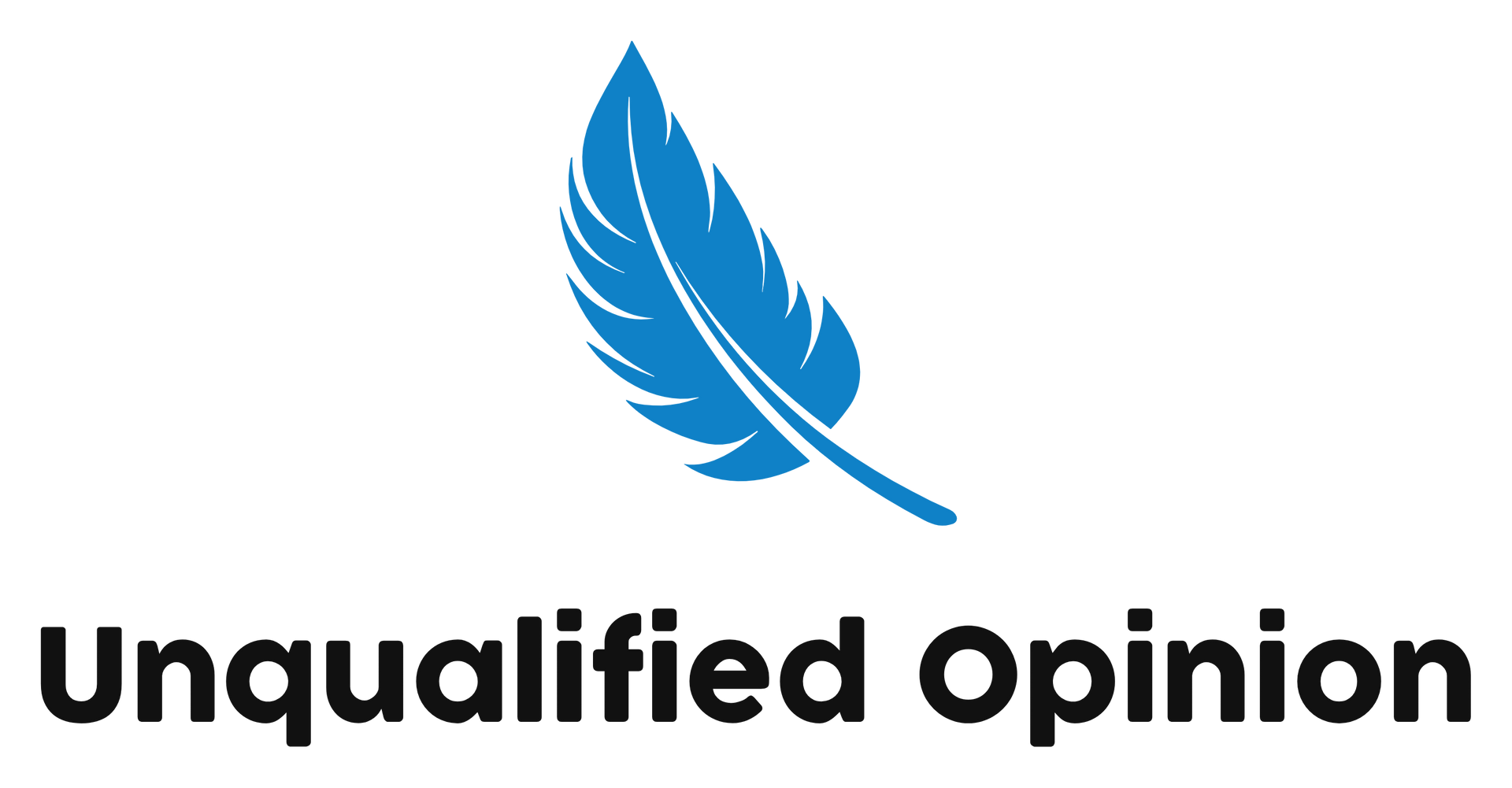(6 min) When Your Brain and Body Both Say “No”: The Overlapping Worlds of ADHD and Fibromyalgia

Living with either ADHD or fibromyalgia can feel like running a marathon with your shoes on the wrong feet. But living with both? That’s like running that marathon in the dark, through mud, while juggling flaming torches... then being told you’re “just not trying hard enough.”
If you’ve ever wondered why your mind races while your body aches, or why you can’t seem to get things done even when you desperately want to, you’re not alone. The intersection of ADHD (Attention Deficit Hyperactivity Disorder) and fibromyalgia is more common than most people realize and it’s a place where science, lived experience, and self-compassion all meet.
Here’s what it’s like to live at the crossroads of these two misunderstood conditions, why they overlap, and what you can do to reclaim your energy, your focus, and your life.
Understanding ADHD and Fibromyalgia
What is ADHD?
ADHD isn’t just about being “hyper” or “distracted.” It’s a neurodevelopmental condition that affects executive functioning, your ability to plan, organize, prioritize, and regulate emotions. For adults, ADHD often looks like chronic forgetfulness, difficulty starting or finishing tasks, impulsivity, and emotional ups and downs.
What is Fibromyalgia?
Fibromyalgia is a chronic illness characterized by widespread pain, fatigue, sleep disturbances, and cognitive issues (often called “fibro fog”). It’s an invisible illness, meaning you might look “fine” on the outside while feeling like your body is falling apart on the inside.
Both conditions are often misunderstood, dismissed, or misdiagnosed, especially in women, and especially when they show up together.
Why Do ADHD and Fibromyalgia Co-Occur?
If you have both ADHD and fibromyalgia, you might wonder: “Did one cause the other? Am I just unlucky?” The truth is, researchers are still unraveling the complex relationship, but we know there’s significant overlap.
Stats and Facts:
- Studies suggest up to 30–40% of people with fibromyalgia also have ADHD symptoms.
- Many adults with ADHD report chronic pain, even if they don’t have a formal fibromyalgia diagnosis.
- Both conditions are more common in women, and both are underdiagnosed in adults.
The Chicken-or-Egg Problem
It’s not always clear which comes first. Some people have ADHD for years, then develop fibromyalgia after a period of stress or illness. Others are diagnosed with fibromyalgia first, then realize their lifelong “scatterbrain” moments are actually ADHD.
The Science of Overlap: What Research Says
Shared Neurobiology:
Both ADHD and fibromyalgia are linked to differences in how the brain processes information and regulates neurotransmitters—especially dopamine and norepinephrine. These chemicals play a role in focus, motivation, pain perception, and mood.
- Dopamine Dysfunction: ADHD is often described as a “dopamine deficit” disorder. Fibromyalgia patients also show irregularities in dopamine pathways, which can affect pain sensitivity and fatigue.
- Central Sensitization: In fibromyalgia, the nervous system becomes overly sensitive to pain signals. People with ADHD may also experience heightened sensory sensitivity.
Stress and the Nervous System
Chronic stress is a common trigger for both conditions. ADHD brains are more sensitive to stress, and long-term stress can contribute to the onset of fibromyalgia. This creates a feedback loop: stress worsens symptoms, which increases stress, and so on.
Shared Symptoms and Double Trouble
When ADHD and fibromyalgia team up, symptoms can overlap, amplify, and sometimes mask each other.
Cognitive Symptoms
- Brain Fog: Both conditions can cause forgetfulness, trouble concentrating, and mental fatigue.
- Executive Dysfunction: Planning, prioritizing, and organizing can feel impossible.
- Slowed Processing: Tasks take longer, and you may struggle to find words or remember names.
Physical Symptoms
- Fatigue: Not just “tired” but a bone-deep exhaustion that sleep doesn’t fix.
- Sleep Issues: Trouble falling asleep, staying asleep, or waking up unrefreshed.
- Sensory Overload: Sensitivity to noise, light, touch, or even certain fabrics.
Emotional Symptoms
- Mood Swings: Irritability, anxiety, and depression are common.
- Rejection Sensitive Dysphoria (RSD): Extreme emotional pain in response to perceived rejection, more common in ADHD but can be intensified by chronic pain.
Unique Challenges at the Intersection
Having both ADHD and fibromyalgia isn’t just a matter of adding symptoms together, it’s a whole new set of challenges.
The Productivity Trap
ADHD makes it tough to start or finish tasks. Fibromyalgia makes it tough to even try. You might set ambitious goals on a “good” day, then crash for days after. This cycle can lead to guilt, shame, and self-criticism.
The Invisibility Factor
Both conditions are invisible. Friends, family, and even doctors may not understand why you can’t “just push through.” You may feel pressure to mask your symptoms or downplay your struggles.
Medical Gaslighting
Many people at this intersection have been dismissed by healthcare professionals and told their symptoms are “all in their head” or just due to stress. This can delay diagnosis and treatment, and erode trust in the medical system.
Diagnosis Dilemmas
Why Is It So Hard to Get Diagnosed?
- Symptom Overlap: Brain fog, fatigue, and mood swings can be attributed to either condition.
- Gender Bias: Women are less likely to be diagnosed with ADHD, and more likely to have their pain dismissed.
- Stigma: Both ADHD and fibromyalgia carry stigma... being seen as “lazy,” “dramatic,” or “unmotivated.”
What Helps?
- Keep a Symptom Journal: Track your symptoms over time. Note patterns, triggers, and what helps or hurts.
- Advocate for Yourself: Don’t be afraid to seek second (or third) opinions, and bring research or checklists to appointments.
- Find the Right Providers: Look for professionals experienced with neurodivergence and chronic illness.
Treatment and Management Strategies
There’s no magic bullet, but there are ways to manage both conditions; sometimes with overlapping strategies.
Medication
- ADHD Stimulants: Medications like methylphenidate or amphetamine can help with focus and sometimes fatigue, but may worsen anxiety or sleep issues.
- Non-Stimulants: Options like atomoxetine or guanfacine may be better for those with sleep or anxiety concerns.
- Pain Management: Some fibromyalgia meds (like duloxetine or pregabalin) can also help with mood and sleep.
Note: Always consult a healthcare provider before starting or changing medications.
Lifestyle and Self-Care
- Pacing: Learn to balance activity and rest. Overdoing it can lead to flare-ups; underdoing it can worsen ADHD symptoms.
- Sleep Hygiene: Prioritize regular sleep routines, limit caffeine, and create a calming bedtime ritual.
- Movement: Gentle exercise (like yoga, stretching, or walking) can help with both pain and focus, but listen to your body’s limits.
Mind-Body Approaches
- Mindfulness and Meditation: Can help with stress, pain perception, and emotional regulation.
- Nervous System Regulation: Techniques like deep breathing, progressive muscle relaxation, or vagus nerve stimulation can calm both brain and body.
- Therapy: Cognitive Behavioral Therapy (CBT), Acceptance and Commitment Therapy (ACT), or coaching with someone who understands neurodivergence and chronic illness.
External Supports
- Visual Aids: Calendars, planners, sticky notes, and reminders can help with memory and organization.
- Assistive Tech: Apps for task management, medication reminders, or symptom tracking.
- Community: Support groups (online or in-person) can reduce isolation and offer practical tips.
Neurodivergence, Chronic Pain, and Self-Compassion
If you’ve spent years feeling “lazy” or “broken,” it’s time to rewrite that story. Living with ADHD and fibromyalgia is a neurological and physiological reality.
The Power of Self-Compassion
- Acknowledge Your Limits: It’s okay to do less. Your worth isn’t measured by productivity.
- Celebrate Small Wins: Getting out of bed, making a phone call, or just surviving a tough day is worth celebrating.
- Redefine Success: Success might look different for you and that’s okay.
Reframing the Narrative
Instead of asking “What’s wrong with me?” try asking, “What do I need right now?” and “How can I make this easier on myself?”
Practical Tips for Daily Life
Here are some neurodivergent- and fibro-friendly strategies for managing daily life:
For Energy and Focus
- Task Chunking: Break tasks into tiny, manageable steps. Celebrate each one.
- Pomodoro Technique: Work for 10–15 minutes, then rest. Adjust intervals to your energy levels.
- Body Doubling: Work alongside someone else (even virtually) to boost motivation.
For Pain and Fatigue
- Gentle Movement: Try stretching, walking, or low-impact yoga when you can.
- Heat and Comfort: Heating pads, weighted blankets, and comfortable clothes can soothe aches.
- Rest Without Guilt: Rest is not a reward; it’s a requirement.
For Organization
- Externalize Everything: Rely on visual cues and reminders, not memory.
- Simplify Decisions: Reduce choices where possible—meal prep, outfit planning, recurring routines.
- Prep for Flare-Ups: Have a “bad day kit” ready with easy meals, comfort items, and low-effort activities.
For Emotional Wellbeing
- Limit Negative Self-Talk: Notice when your inner critic pipes up. Challenge those thoughts with compassion.
- Connect: Reach out to others who “get it”—even if it’s just a quick check-in.
- Seek Joy: Find small pleasures—a favorite show, a cozy blanket, a good meme.
You Are Not Alone
Your struggles are real. Your needs are valid. And your story matters. Whether you’re newly diagnosed, still searching for answers, or just trying to make it through the day, know that you’re part of a community that sees you, understands you, and is cheering you on.
If you want more resources, tips, or just a reminder that you’re not alone, subscribe to the Unqualified Opinion newsletter or join our community. We’re in this together.


